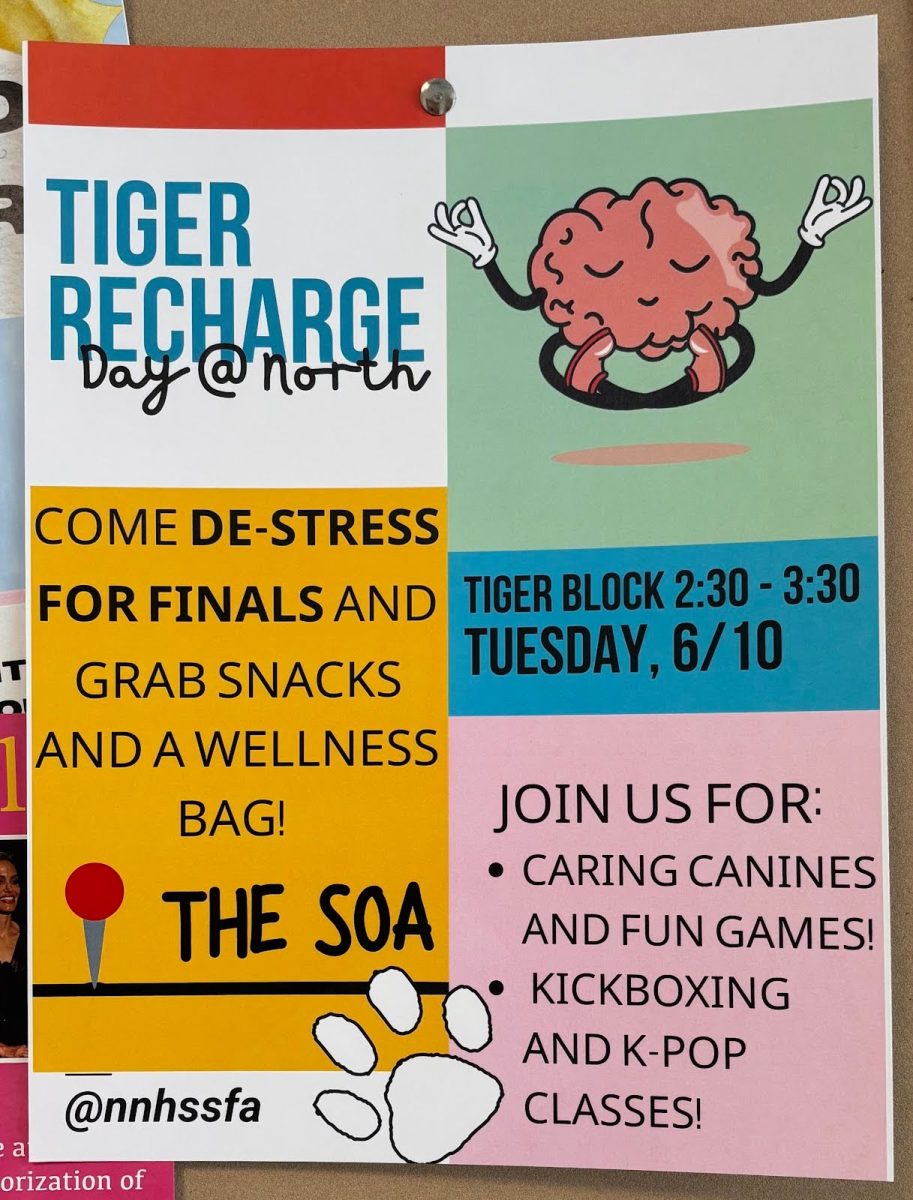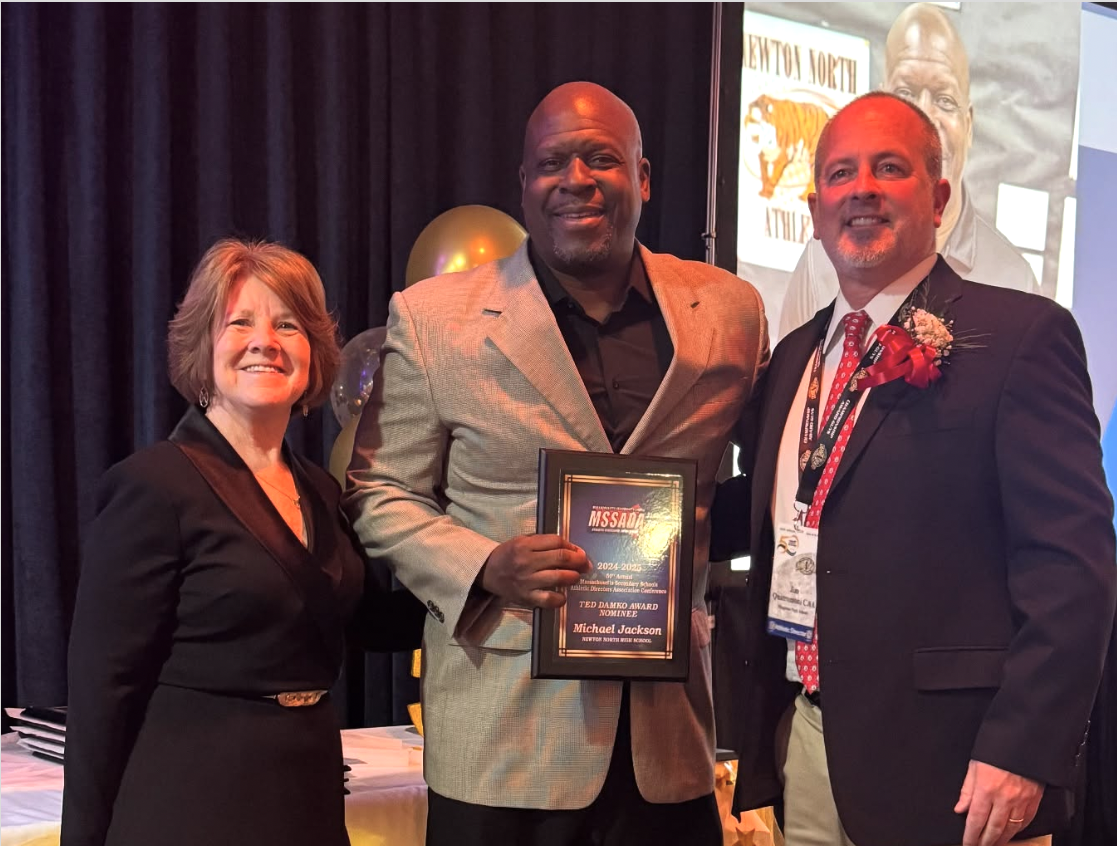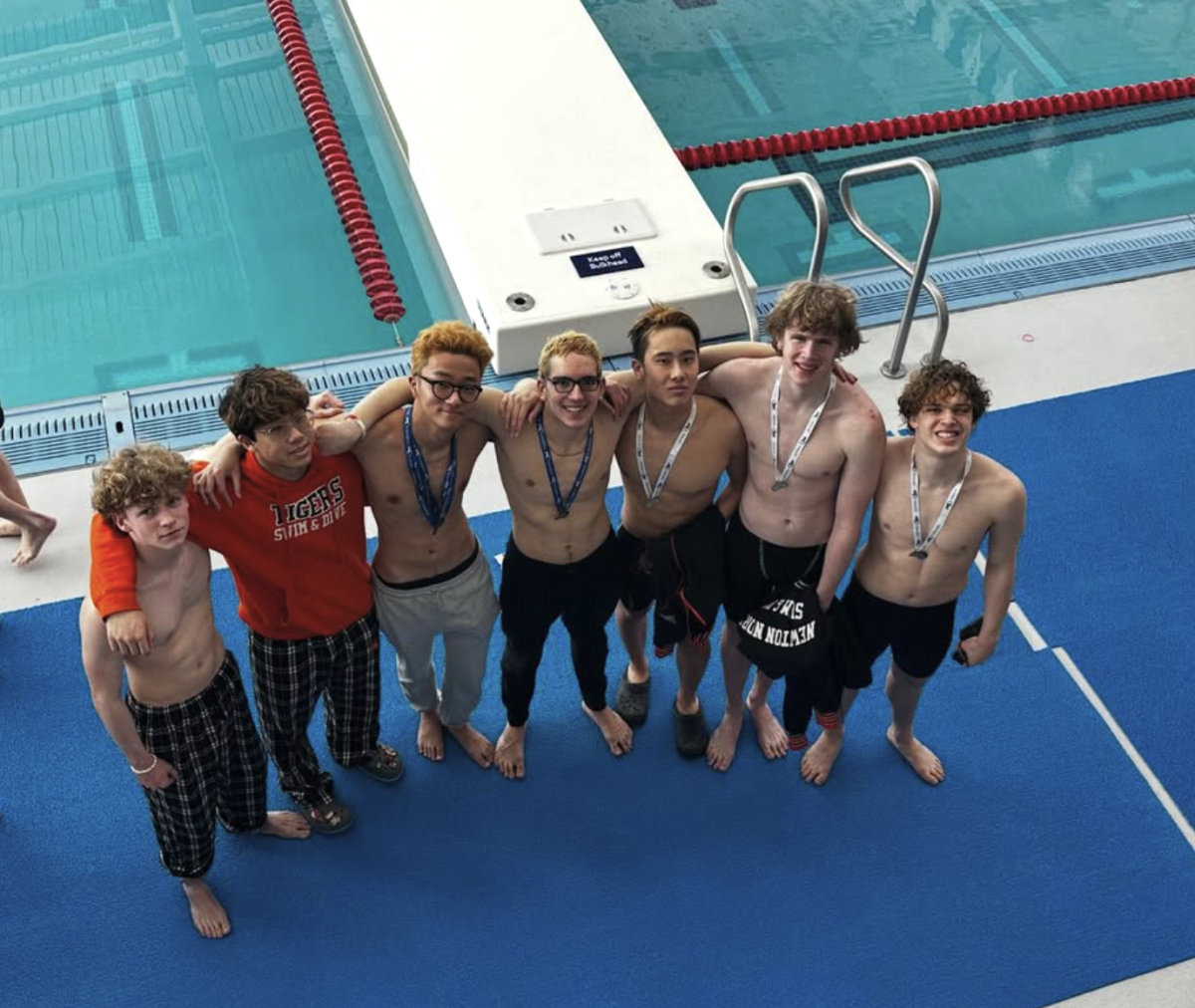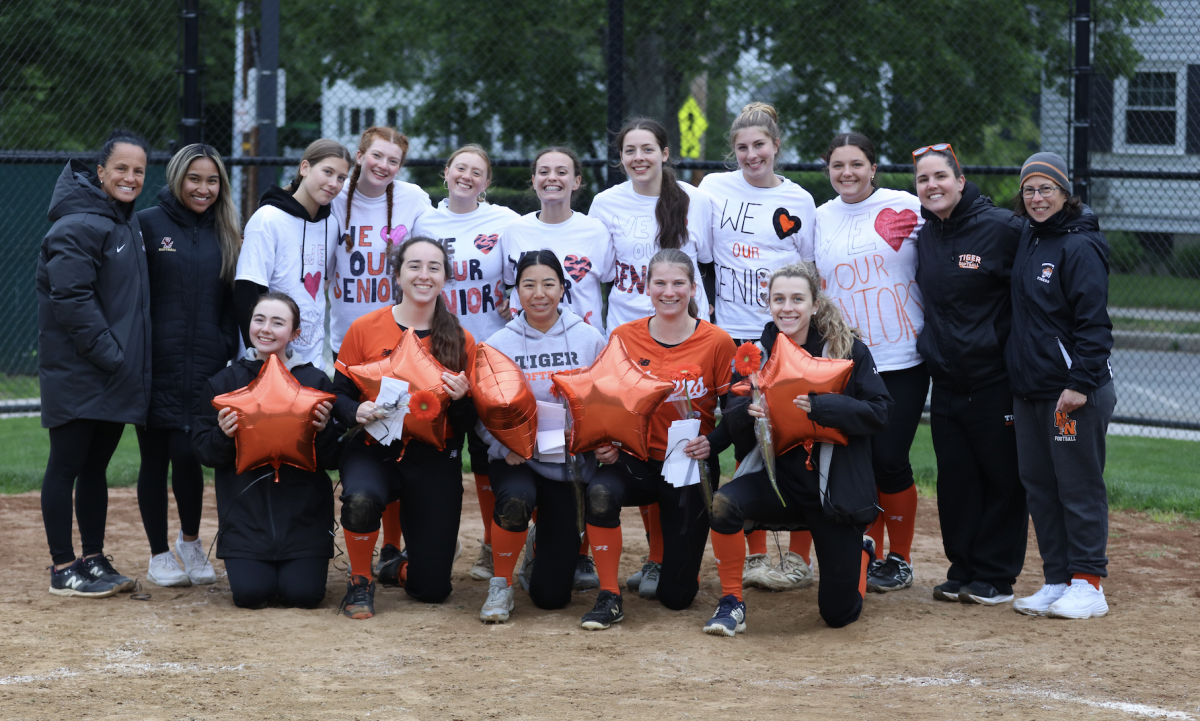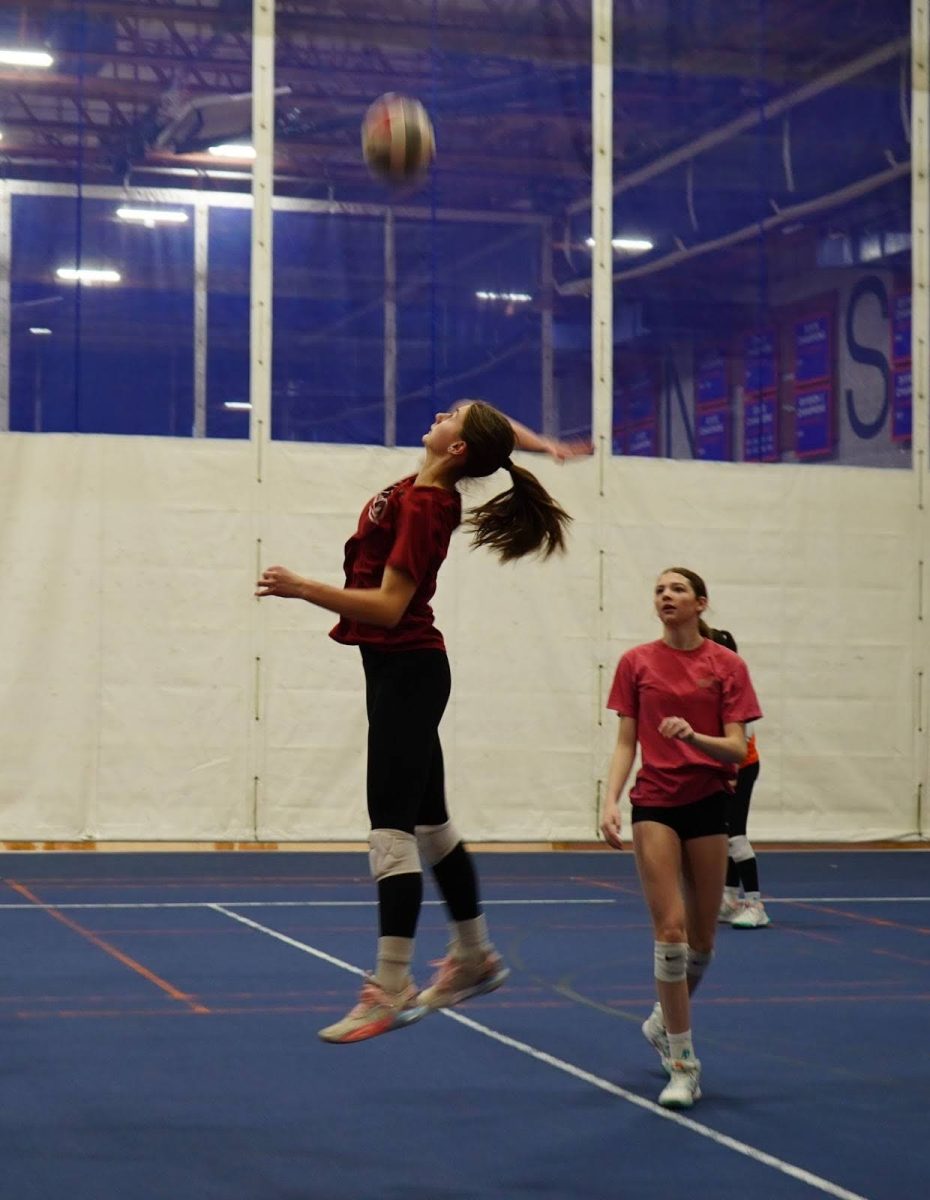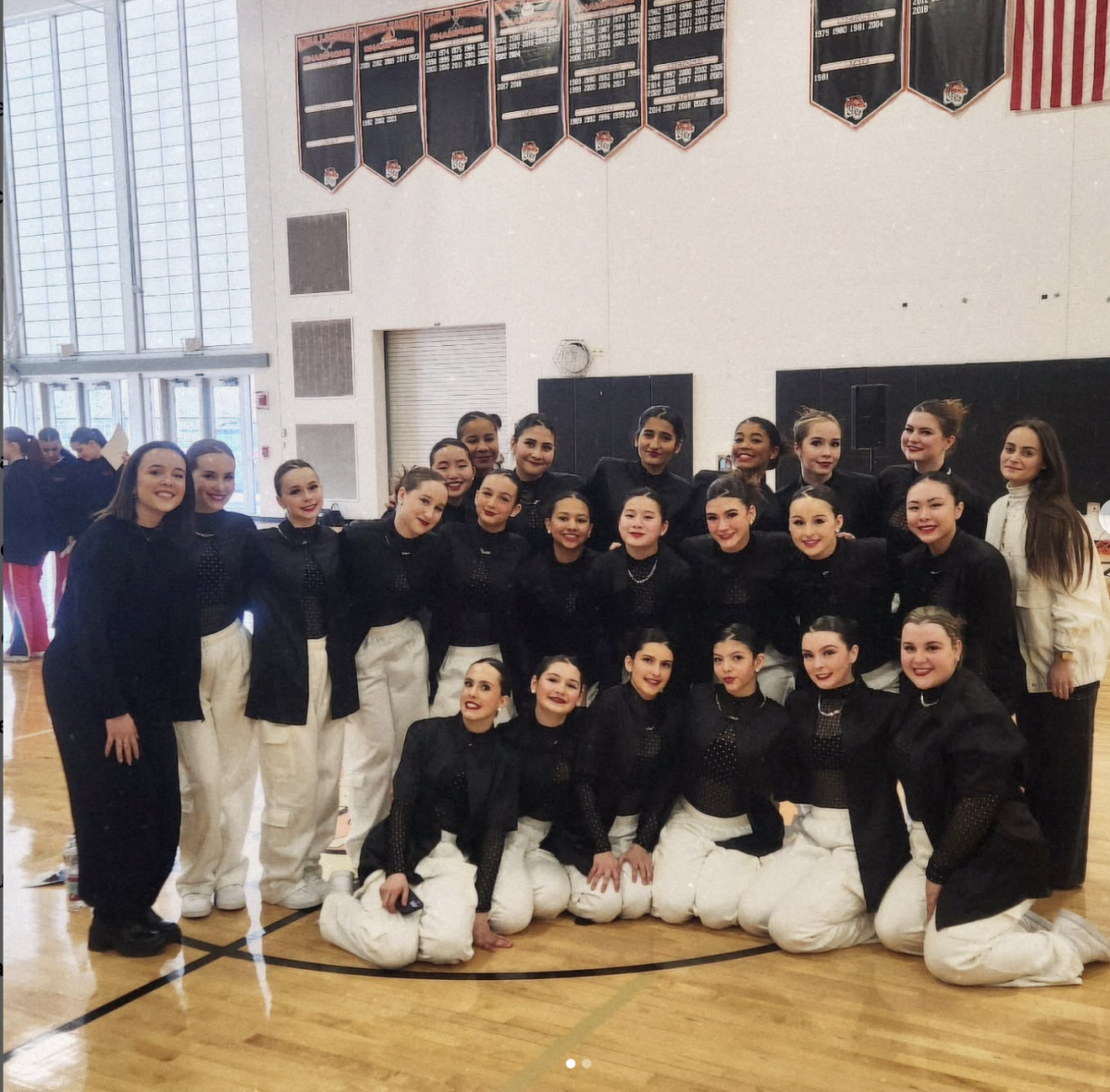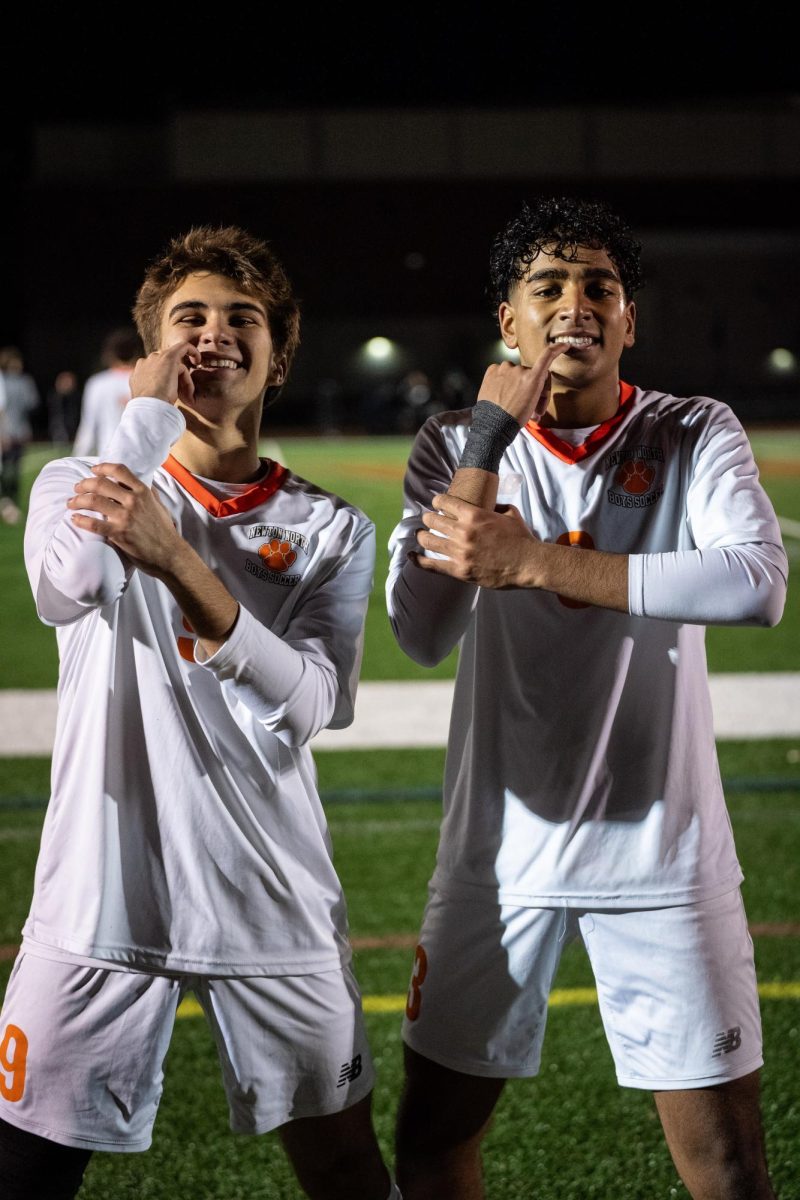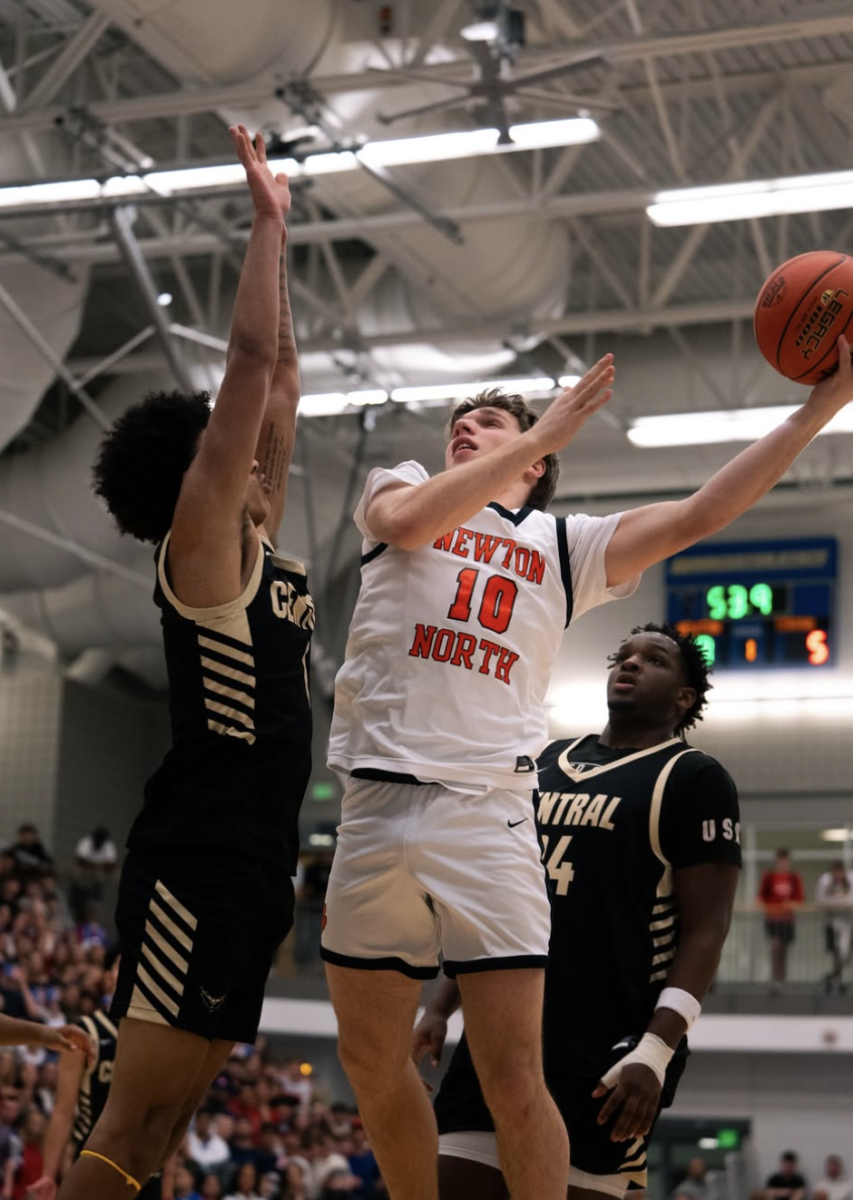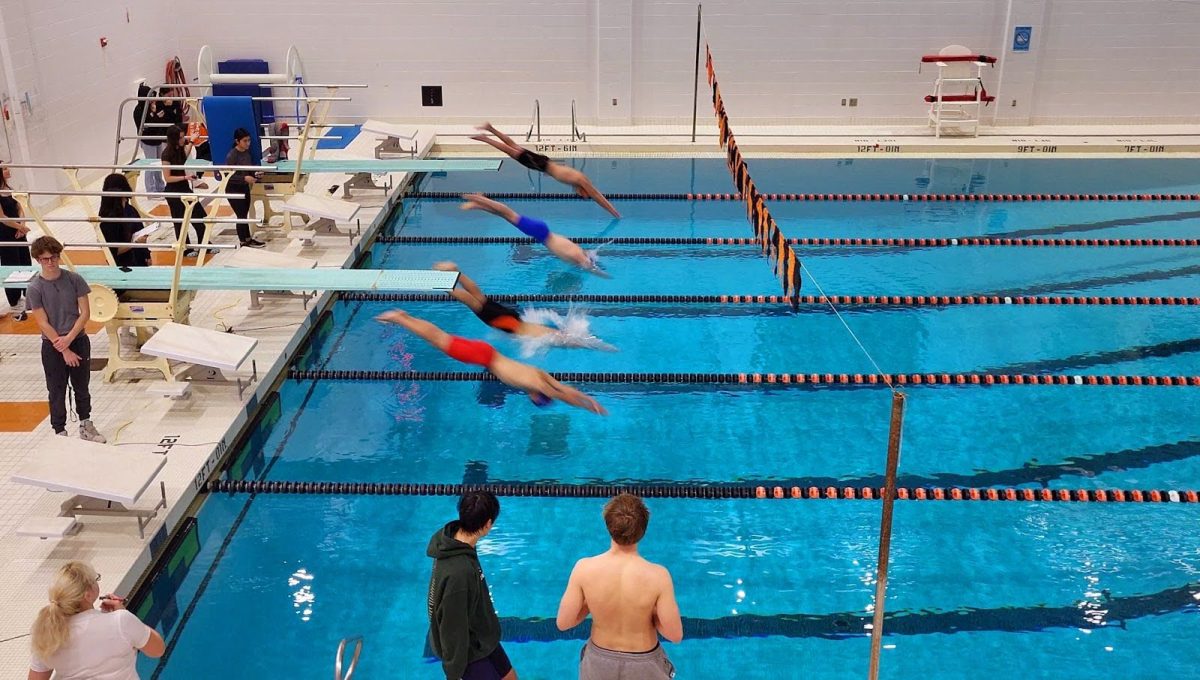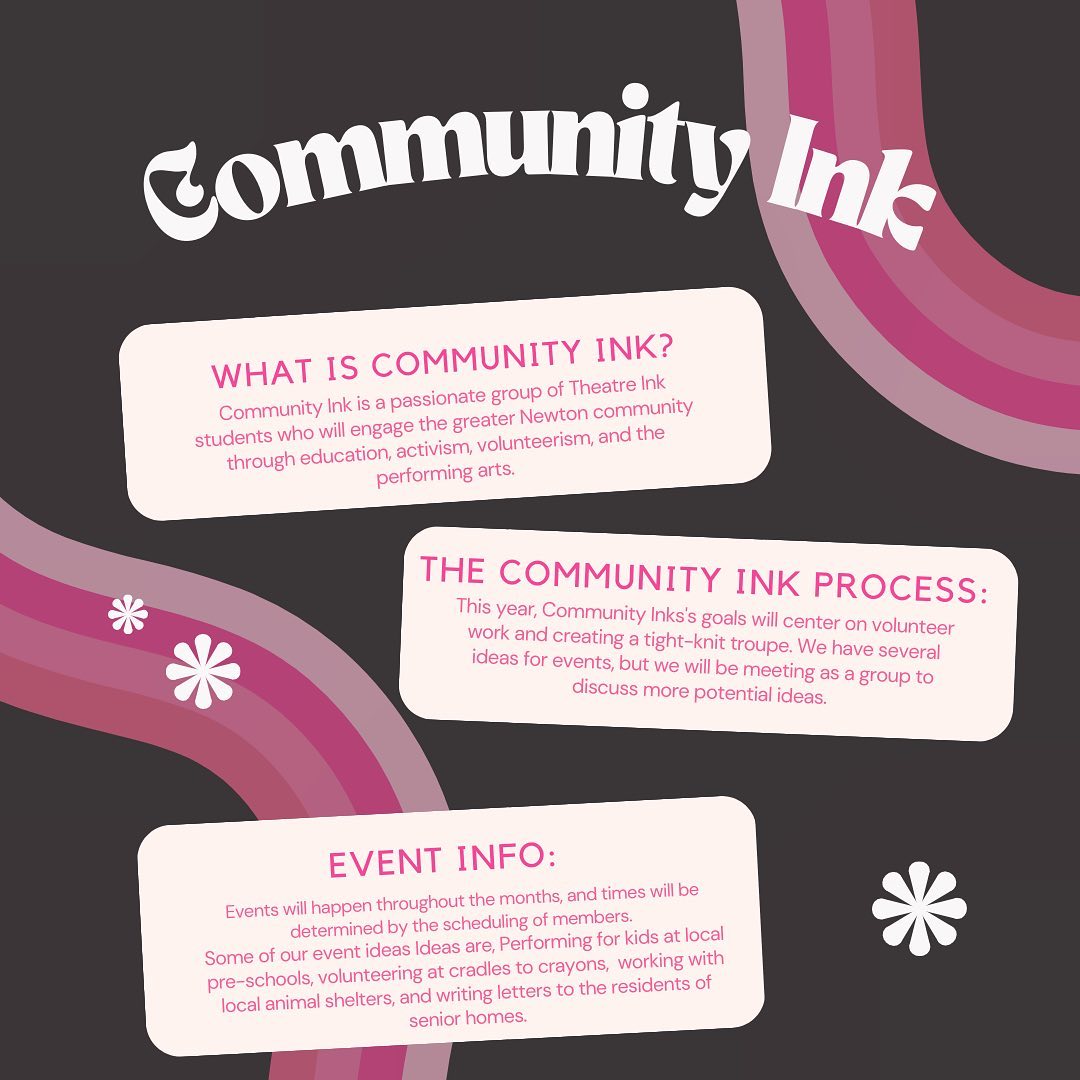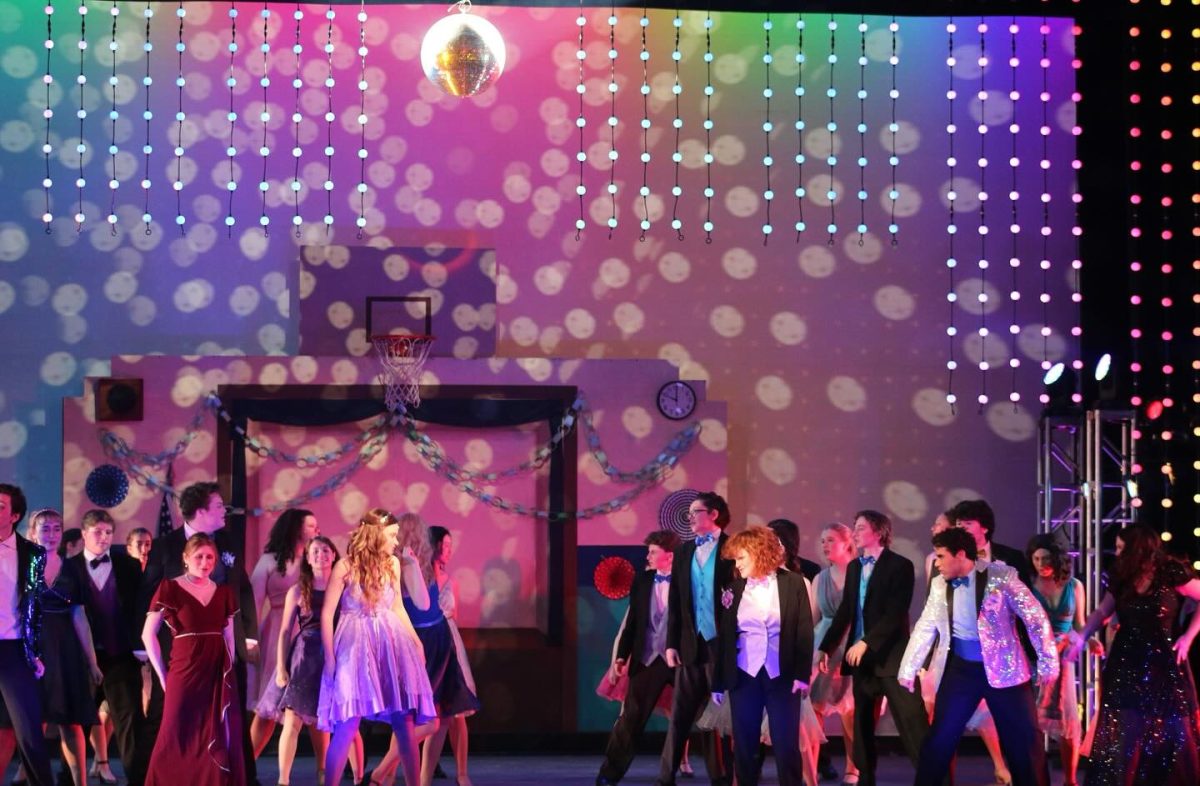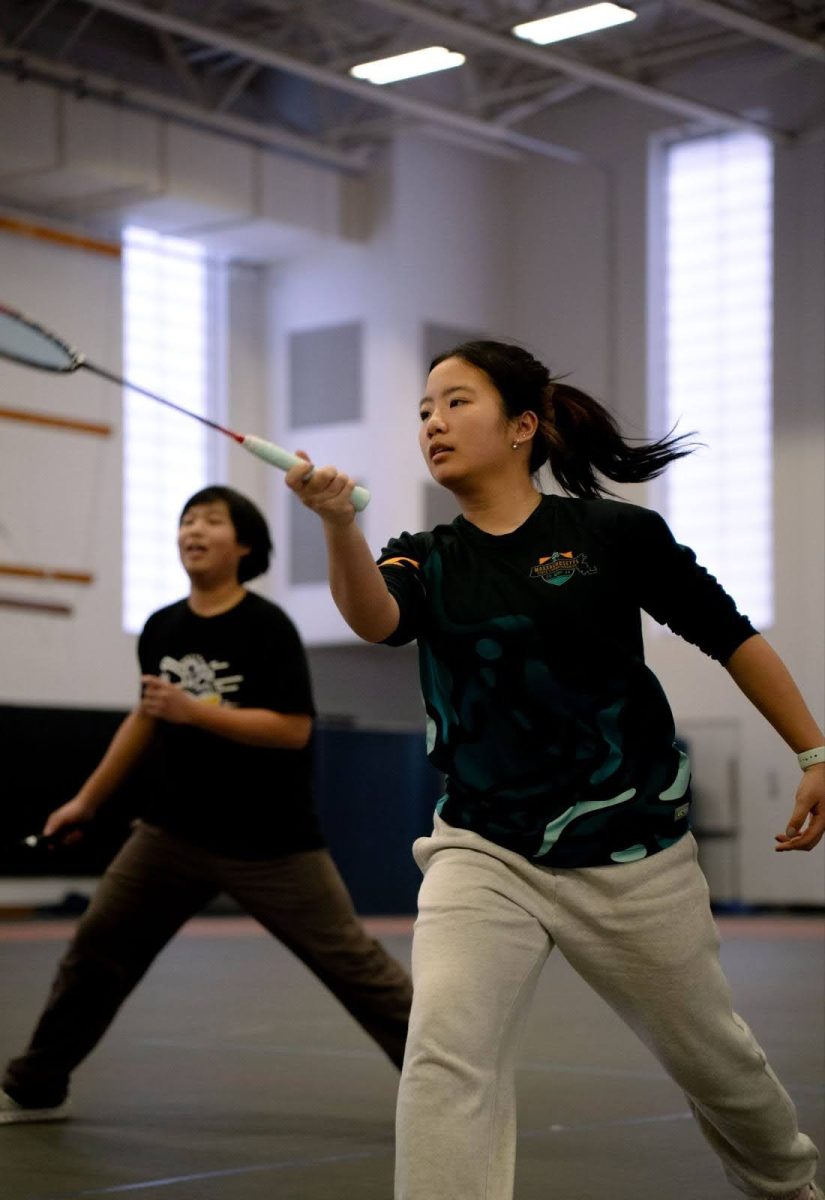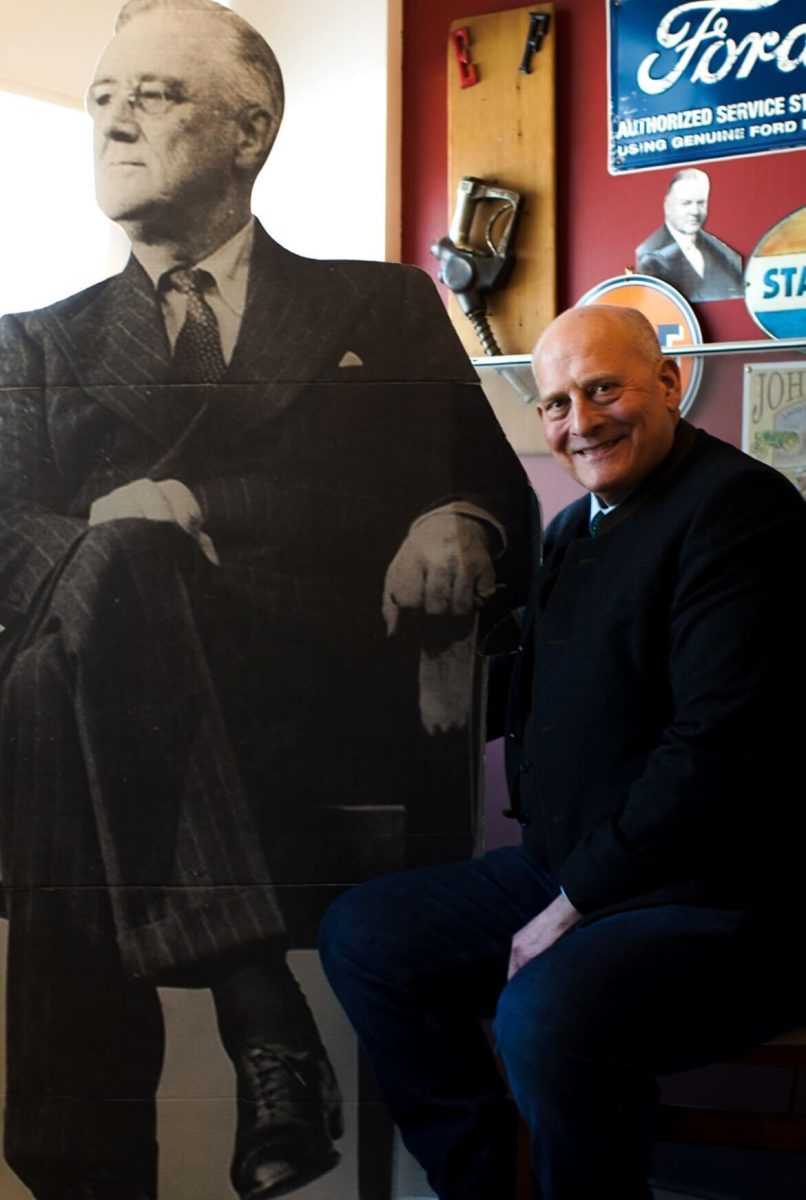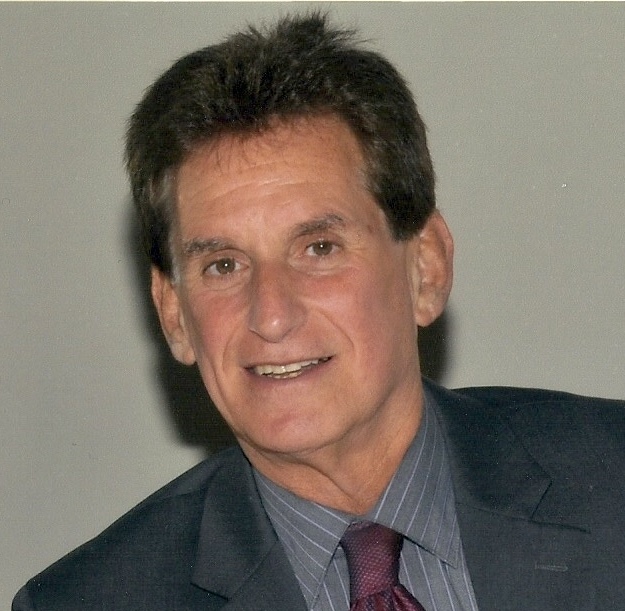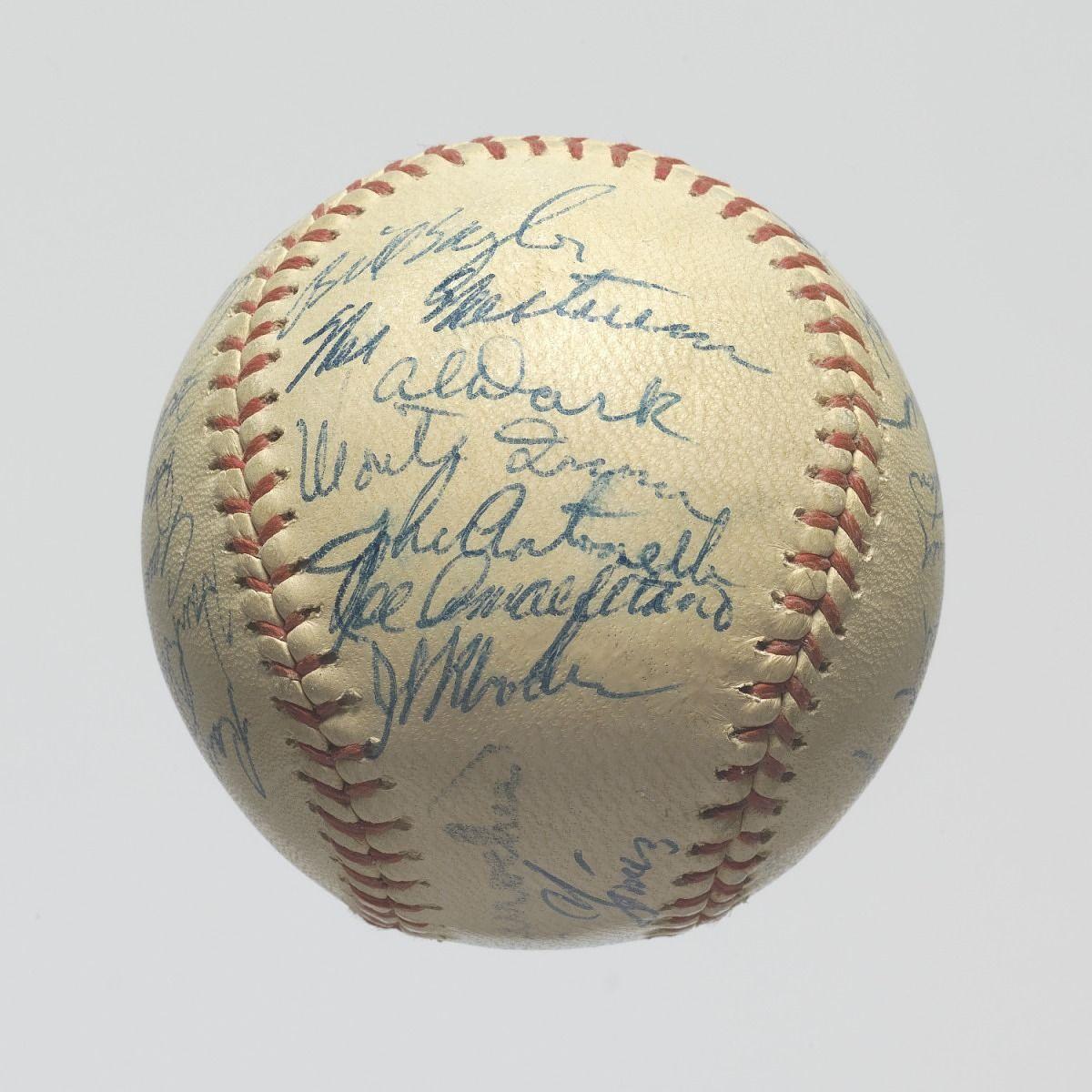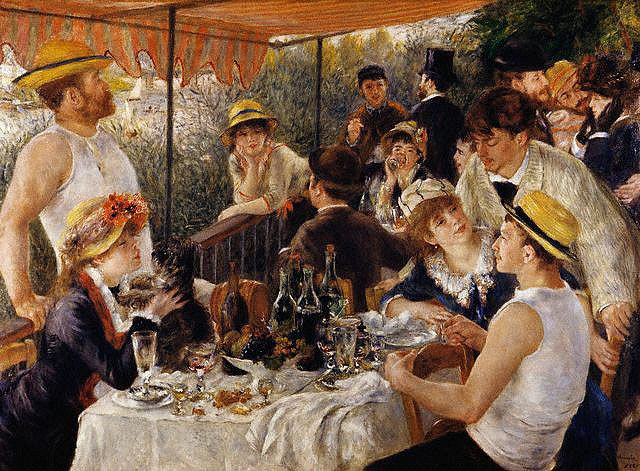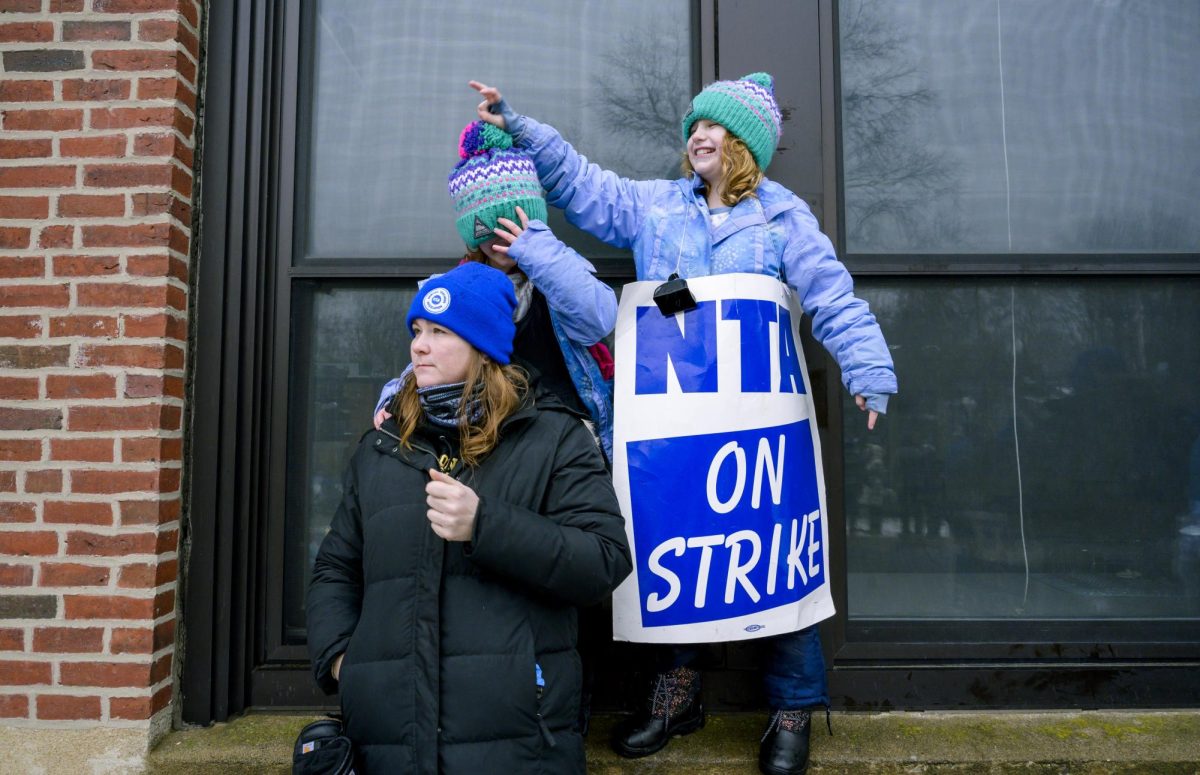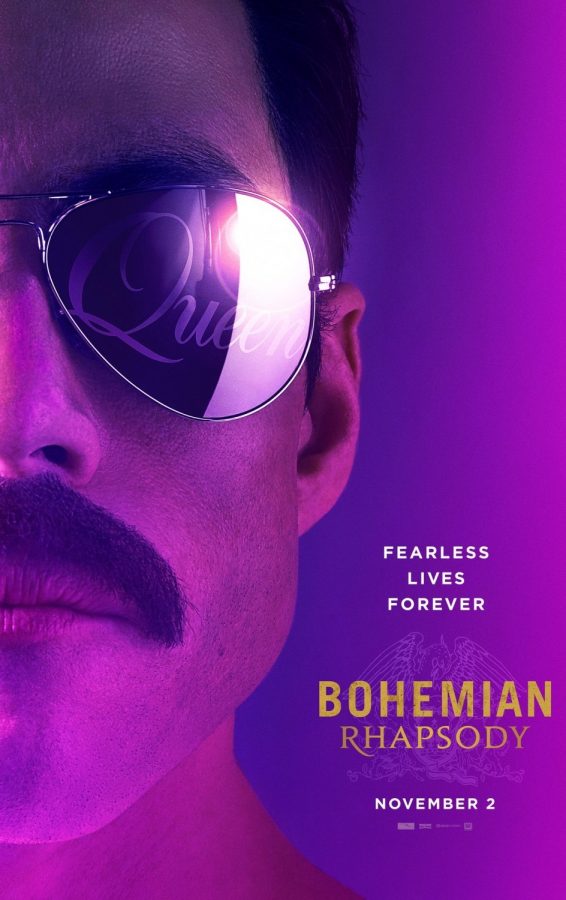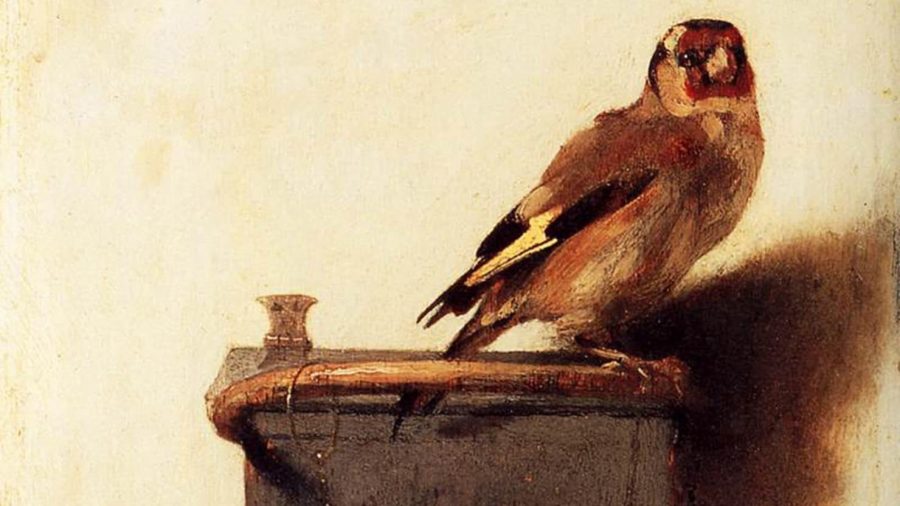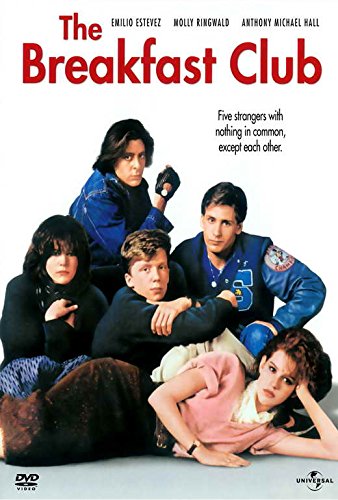
by Jacob Gurvis
Throughout the years, Major League Baseball (MLB) has come a long way, and many social and racial barriers have been proudly broken in its history. There are players of many races, colors, religions, and nationalities in baseball. However, one important barrier that has yet to be broken is sexual orientation.
In all of sports, within the MLB, National Basketball Association (NBA), National Football League (NFL), and National Hockey League (NHL), according to my calculations, there are a total of 3,496 athletes on the 122 teams in those four leagues combined. Of those around 3,500 men, there are no openly gay athletes; many players have come out after retiring in the past, but there is currently no openly gay player in any league.
In baseball history, there have been only two openly gay players, Bill Bean and Glenn Burke. Bean (not Billy Beane from Moneyball, different player) came out after he retired, in 1999. Burke, who was also African-American, came out while he was playing in the 1970s, and is the only MLB player to date to have done so.
Many players and officials in MLB have acknowledged that there are most likely gay players who are afraid to come out, and many have said that they would welcome an openly gay player. In March 2013, Detroit Tigers ace Justin Verlander was interviewed by CNN about this topic.
Verlander said he believes that there are definitely gay players in baseball, but that “a gay player would probably be hesitant to come out.”
When it comes to the Tigers’ clubhouse, Verlander believes that a gay player would be welcomed and accepted. “I don’t think one of our players would be scared to come out. We got 25 guys, it’s a family, and our goal is to win a World Series. What your sexual orientation is, I don’t see how that affects the ultimate goal of our family,” he said.
Verlander isn’t the only one who values this welcoming atmosphere. In 2011, as part of MLB’s new collective bargaining agreement, sexual orientation was added to the players’ non-discrimination clause, meaning that no player can be treated differently or unfairly because of his sexual orientation.
While this is obviously a good step forward, adding a few words to MLB legislation
does not mean that players will be comfortable coming out. And in my opinion, baseball of all sports would be most likely to be more accepting of gay players, because it is not a contact sport, and is not nearly as violent or physical as others. The clubhouse environment is different in baseball compared to other sports, and players do not focus so much on their bodies and physicality.
The fact that there are no gay players out of that many athletes is preposterous. While there is obviously no way to know, with 3,500 men, there should be around 120 (given that 3.5% of America’s adult population is gay, according to a UCLA Williams Institute study) of them who identify as gay, bisexual, or transgender. In a country that claims to have come so far since the days of the Civil Rights Movement, I would hope that any gay, professional athletes would feel comfortable being open about their sexuality.
Now this isn’t just a problem in sports. Not even close. This is just a microcosm of the problems in the world today when it comes to sexual equality. But I think that it’s time for this fear of a gay athlete to change. All it would take is one player. One player to prove that gay athletes are no different than straight athletes. One athlete to be accepted in the clubhouse, be treated equally as everyone else, and still be good. Imagine if a superstar like Lebron James came out. It would show that players can be gay and still be talented, popular, and accepted. This could create a domino effect of sorts, where then not only players with reputations would be comfortable coming out, but anyone.
And most importantly, with the largest audience of sports being young adults and kids, this change would also impact the perception of athletes in the eyes of kids. Athletes no longer have to be seen as manly, straight men, but just genuine people with talent.
So in America today, where we say we have come so far and we are so open and accepting, this one big step might truly bring acceptance. And all it takes is one. One in 3,500. And the time is now.


